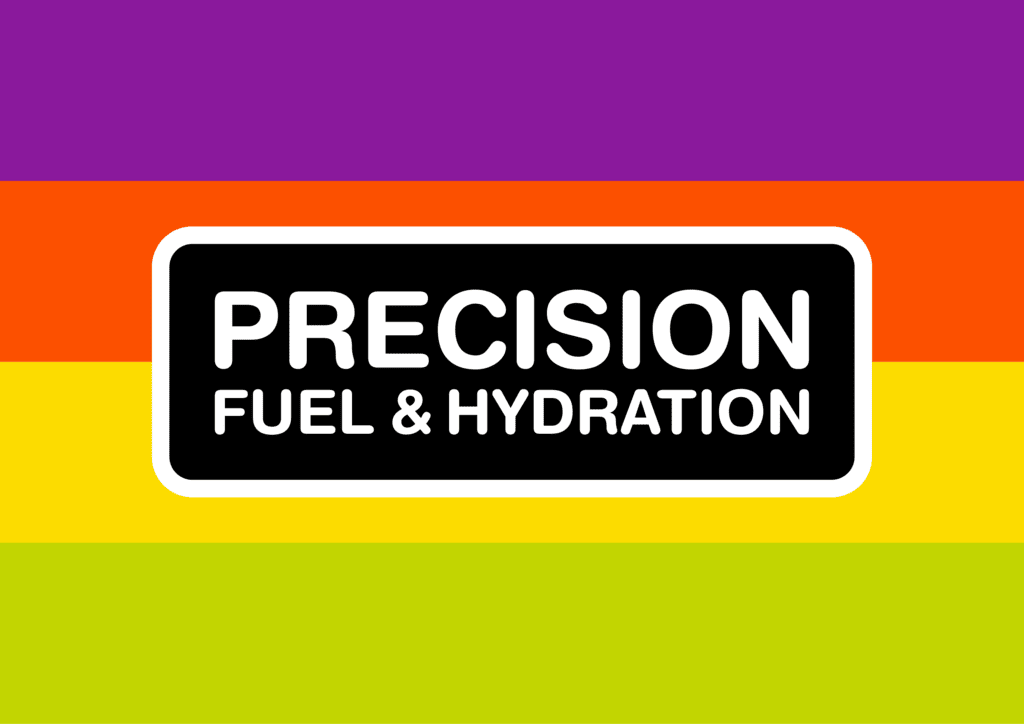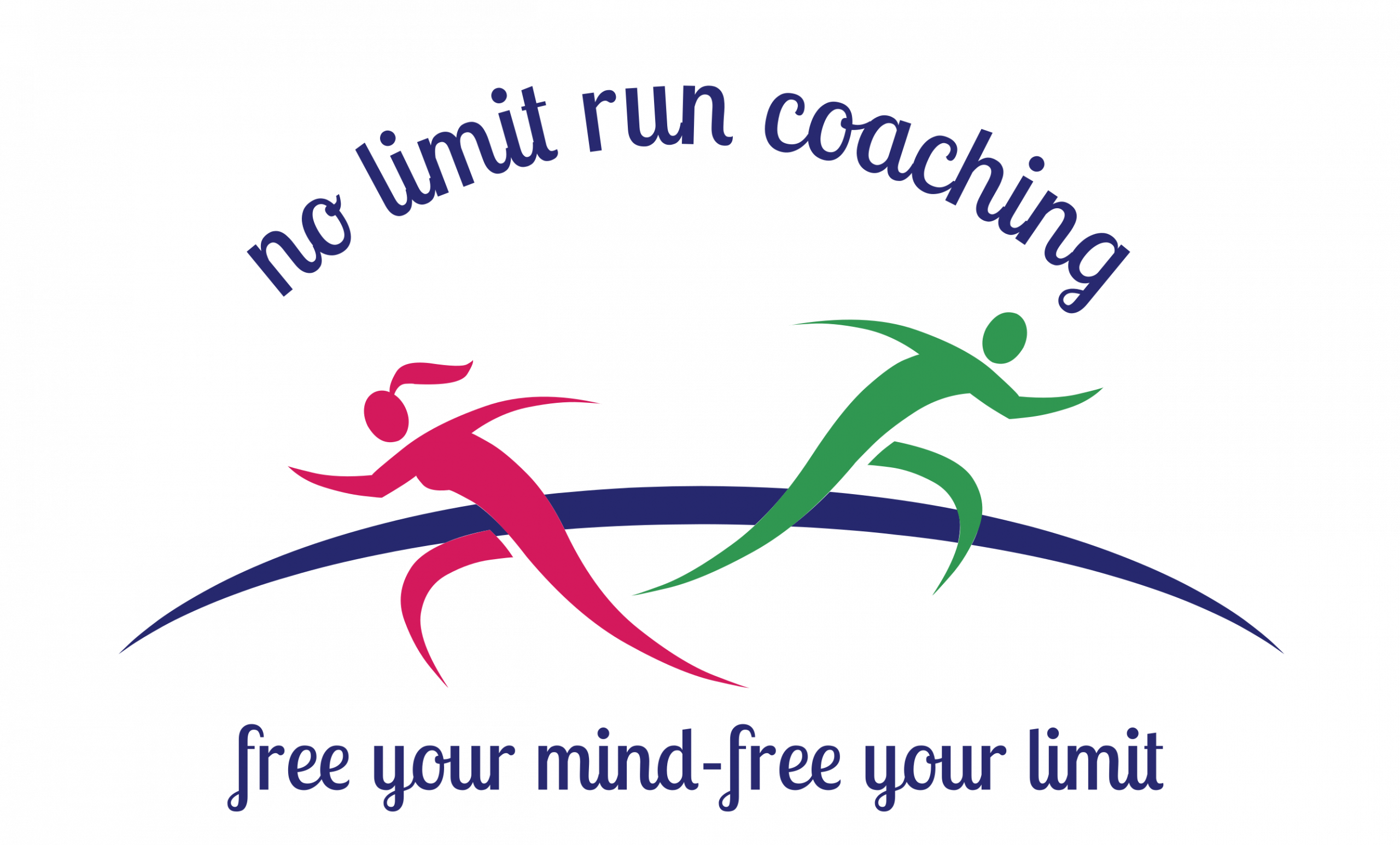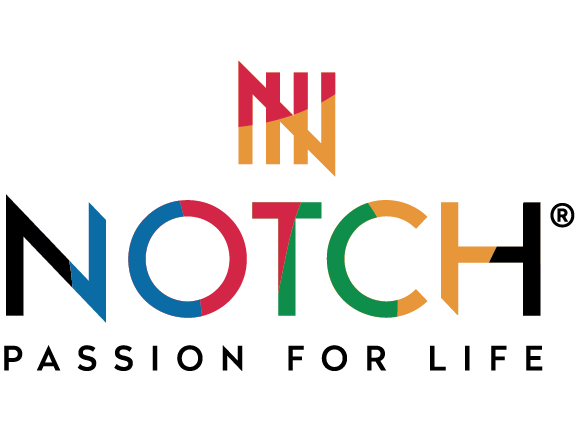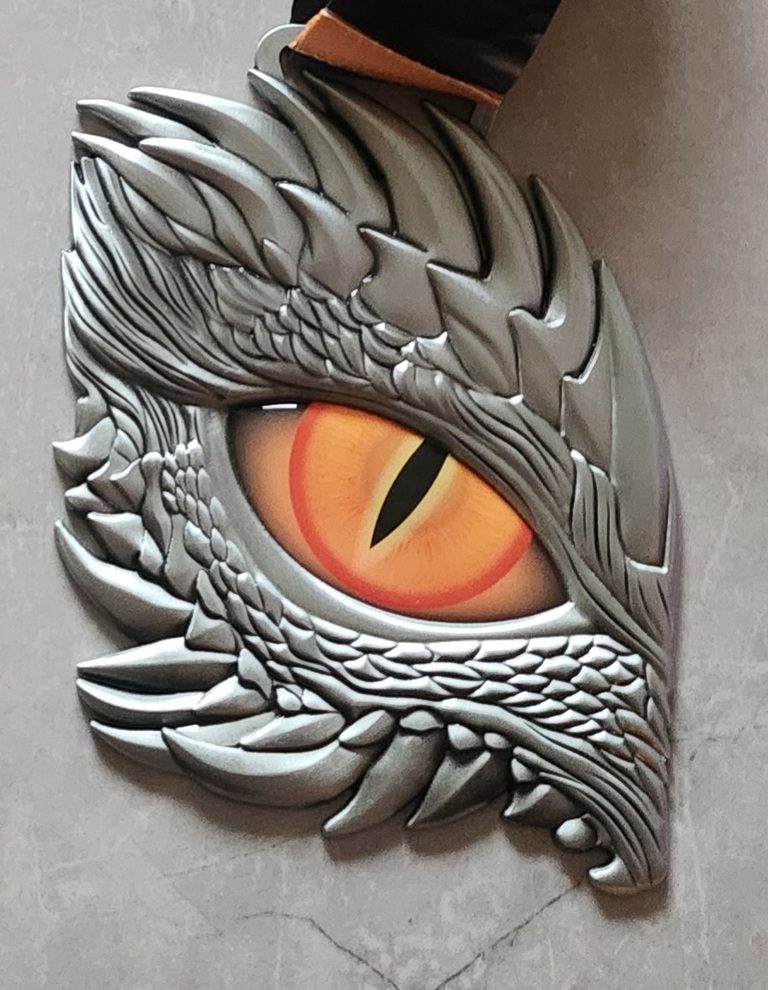I first noticed a dull ” this doesn’t feel nice” feeling in my toes around the end of the 1st lap – only 3 miles in! I ignored it until I couldn’t any more, so, somewhere around mile 13, the start of lap 6, I paused to re-apply lubricant to my left toes. They had started to hurt now—not the usual “I’ve been running for hours” kind of hurt, but the kind that whispers, “This could get worse, much worse” I listened, adjusted, and carried on. But by mile 30, that whisper had turned into a shout. My toes on my left foot were blistered, and now my right hip was protesting, and my body had become a masterclass in biomechanics under stress.
The race itself was 2.5 loops of multi-terrain, with as many laps as possible in a 7-hour cut-off. A perfect chance for some serious training and to nail down race-day strategies. But beyond the logistics and pacing, it’s what my body was telling me that stood out.
As a coach, I’ve helped runners troubleshoot everything from sock seams to stride asymmetries. But running a 50K ultra? This race turned me into my own client.
🦶 The Blister Chronicles: Left Foot, Loud Lessons
Despite early intervention, my left foot kept getting worse. The soreness escalated, and the blisters bloomed. Looking back, I suspect a few culprits:
– Gait compensation: My right hip was already flaring, so I likely shifted more weight to the left side, increasing toe friction.
– Terrain variety: The course was a patchwork of grass, concrete and rocky sections—each demanding different foot mechanics.
– Lubrication timing: Reapplying at mile 13 helped briefly, but the damage may have already begun. Prevention > mid-race fixes.
Coaching takeaway: Blisters aren’t just about socks and shoes—they’re biomechanical feedback. When one part of the body compensates, another often pays the price.
🦵 The Hip Saga: Right Side, Real Signals
My right hip pain was sneaky. It didn’t scream—it simmered. I noticed it most when I put pressure on the front hip and glute, especially on uneven terrain. Interestingly, the pain eased slightly after I refuelled, which tells me:
– Fuel affects form: Low energy can lead to sloppy mechanics and poor muscle engagement.
– Glute fatigue: My stabilisers were likely overworked, especially on rocky or sloped sections.
– Compensation loop: Blisters on the left, pain on the right—my body was playing ping-pong with discomfort.
Coaching takeaway: Hip pain isn’t just about strength—it’s about timing, terrain and fuelling. A well-fuelled runner is a better-aligned runner.
🧠 What Running a 50K Ultra Taught Me
– Listen early: Small discomforts are often the first draft of bigger problems.
– Fuel proactively: Refuelling isn’t just about energy—it’s about biomechanics.
– Respect terrain: Mixed surfaces demand mixed strategies. Training specificity matters.
– Celebrate the data: Every ache, blister and adjustment is feedback. Use it.
✅ Running a 50K: 5 Ultra Lessons You Can Use
1. Pre-tape known hot spots—don’t wait until mile 13.
2. Train on terrain that mimics race day—your body will thank you.
3. Fuel before fatigue sets in—it’s a form fix, not just a calorie count.
4. Strengthen glutes and lateral stabilisers—especially for rocky or uneven courses.
5. Track discomfort patterns—they often reveal gait shifts and compensation loops.
My Final Thoughts….
This race didn’t go perfectly. But it gave me something better than a clean finish—it gave me insight. And now, I get to pass that on. If you want to help running a 50K ultra or are facing challenges in your running journey, I’m here to help. Reach out anytime for advice or support. Click on the picture below to see the Strava Flyover on YouTube and please subscribe to my channel😁.
Running a 50K taught me how powerful it is to truly understand your body—its strengths, its signals, and its limits. If you’re feeling really brave, why not book an Athlete Profiling session with me? It’s a deep dive into your biomechanics, movement patterns, and training habits—designed to help you run smarter, recover better, and unlock your full potential. I’ll guide you through every step.

Why Precision Fuel & Hydration is My Go-To for Fuelling
When it comes to endurance training and racing, proper fuelling and hydration can make or break your performance. Over the years, I’ve experimented with countless options, but one brand consistently stands out: Precision Fuel & Hydration.
What I love most is their science-backed approach. They don’t just sell products — they offer personalised guidance based on your sweat rate, sodium loss, and activity level. Their range of energy gels, chews (my favourite), drink mixes, and electrolyte supplements are worth looking at. If you come on board with me here at No Limit Run Coaching, you can have a 15% discount across their range.
If you’re serious about optimising performance and recovery, give them a try.




1 thought on “Running a 50K. My Lessons and Tips for a Successful Ultra Marathon”
Interesting about glutes and refuelling — definitely something for me to take away as my glutes are a weakness and a WIP re strengthening.